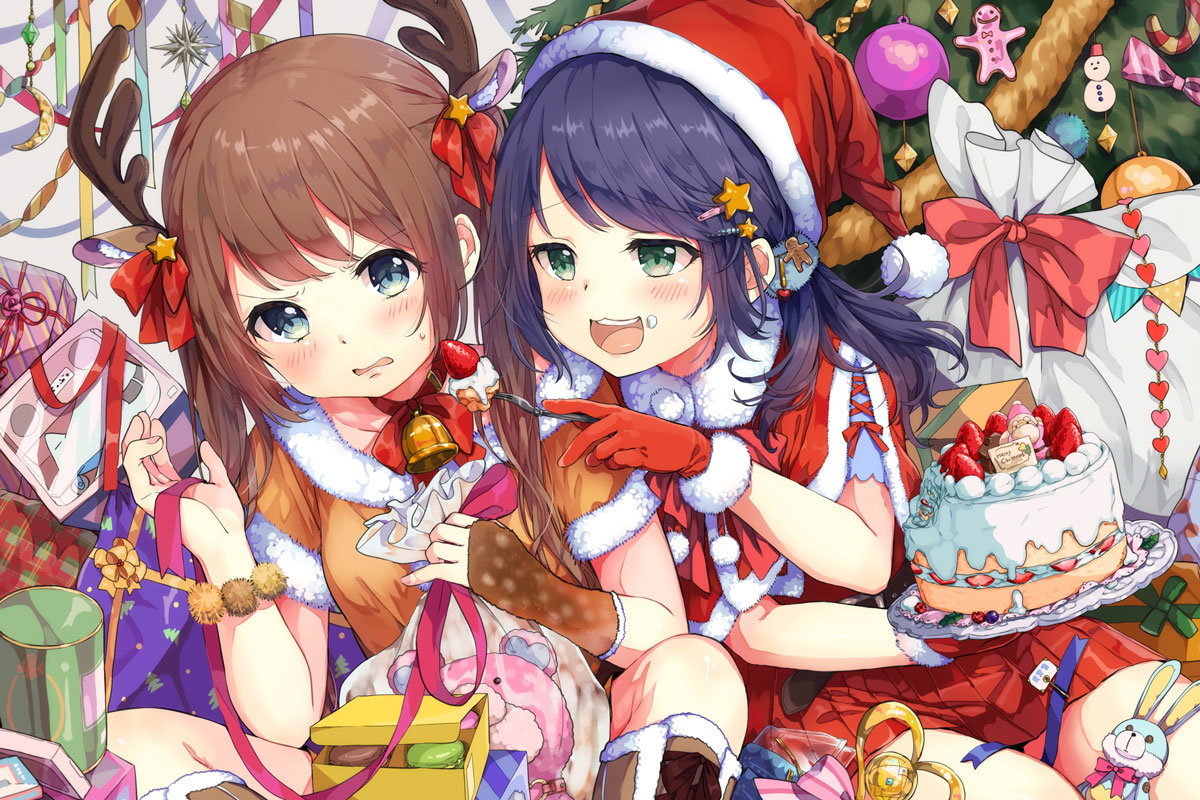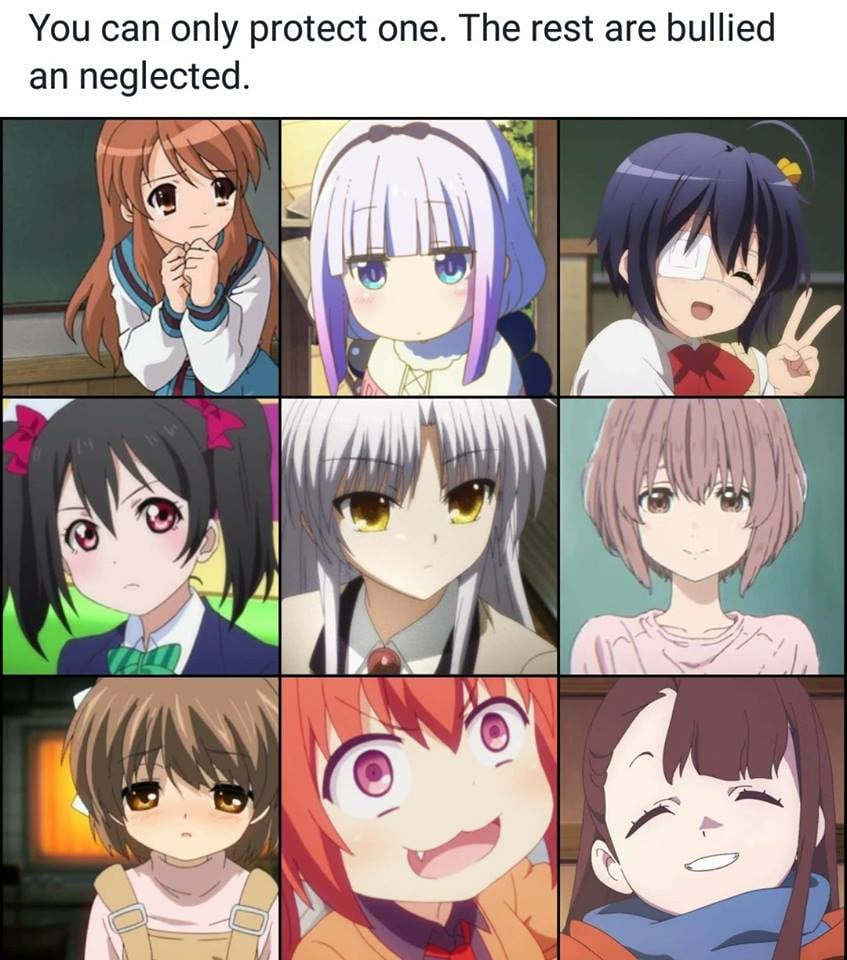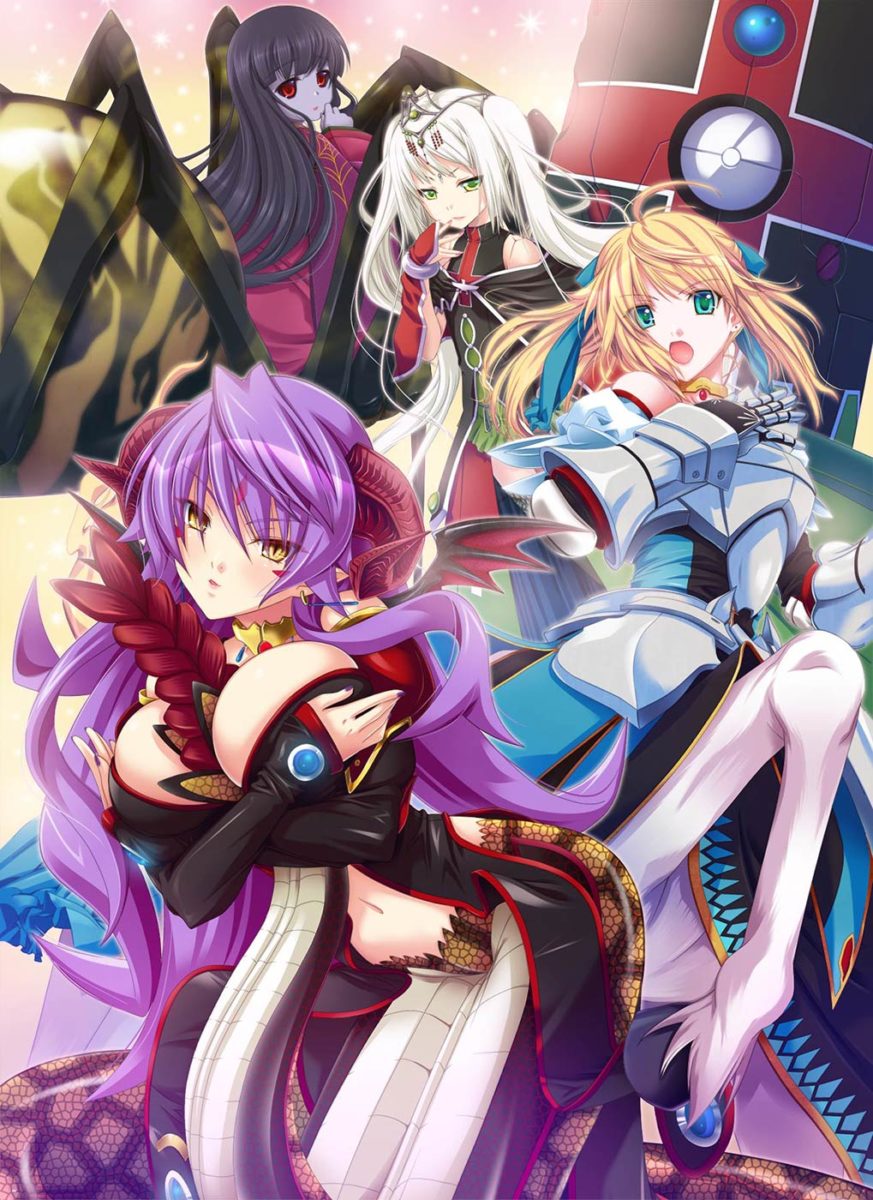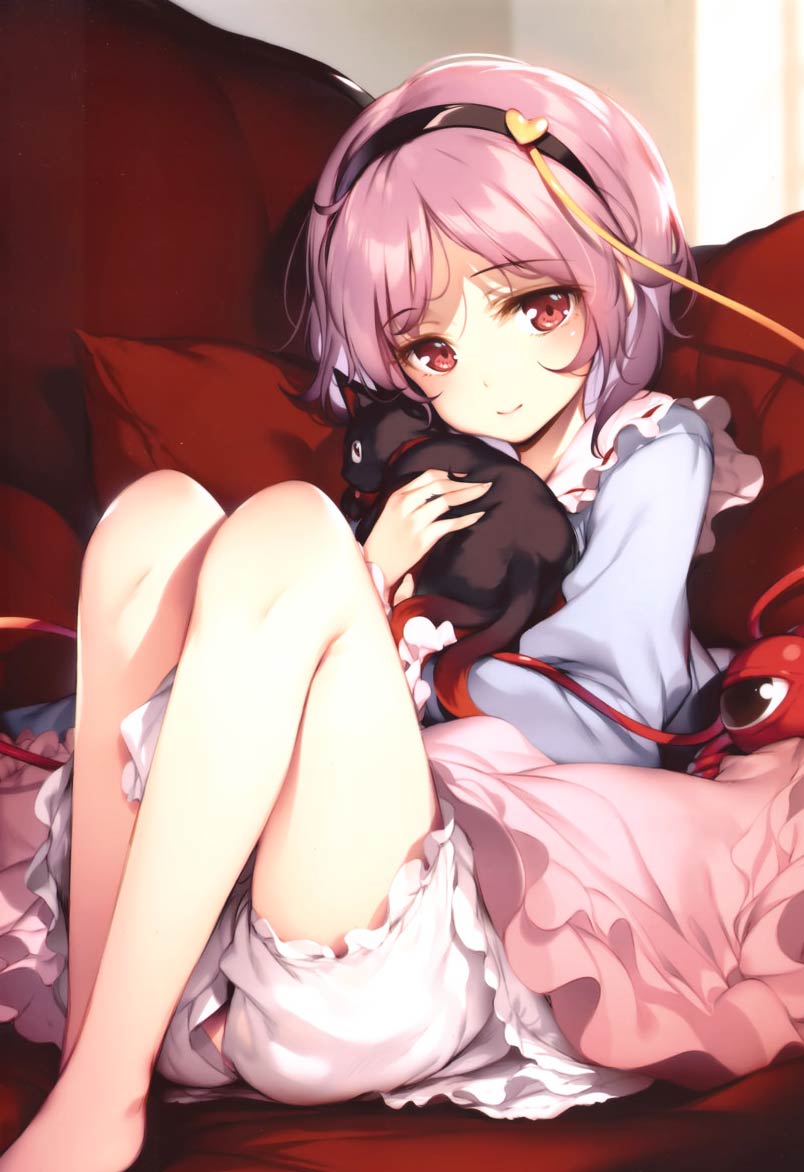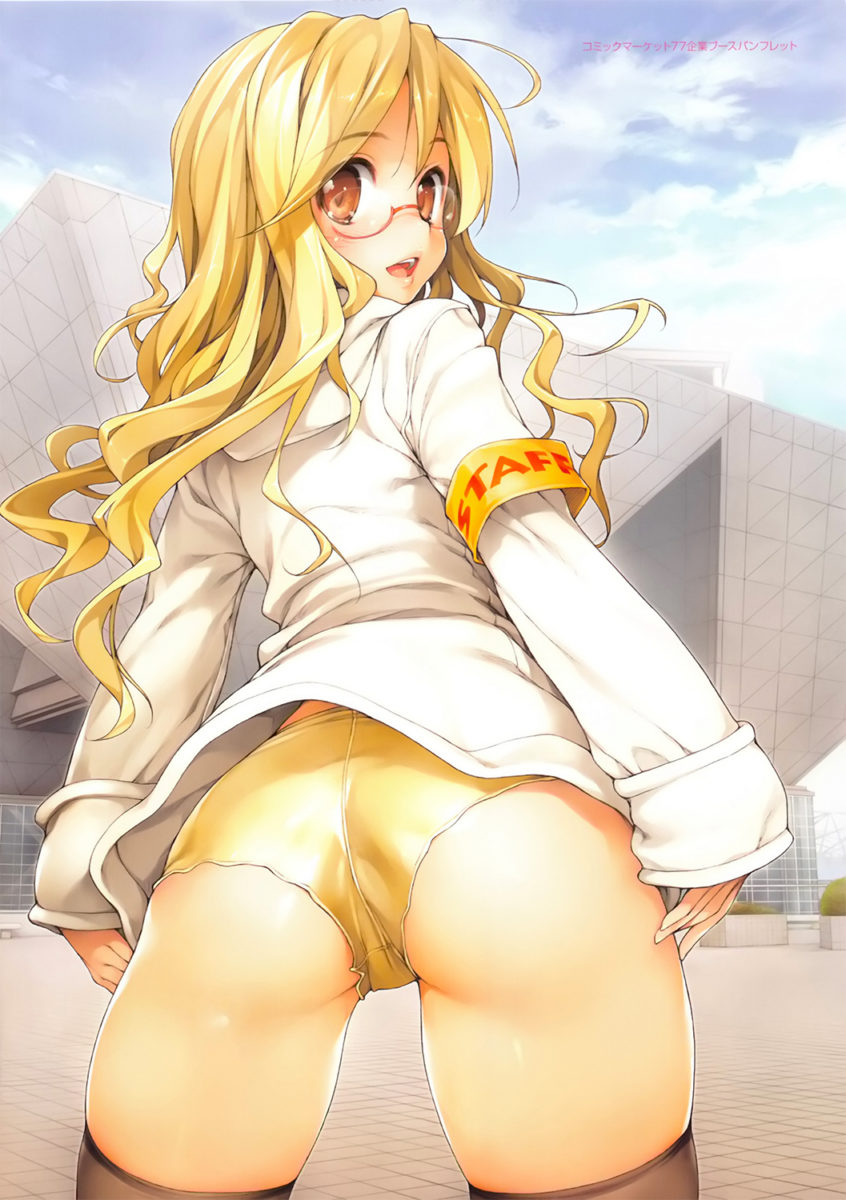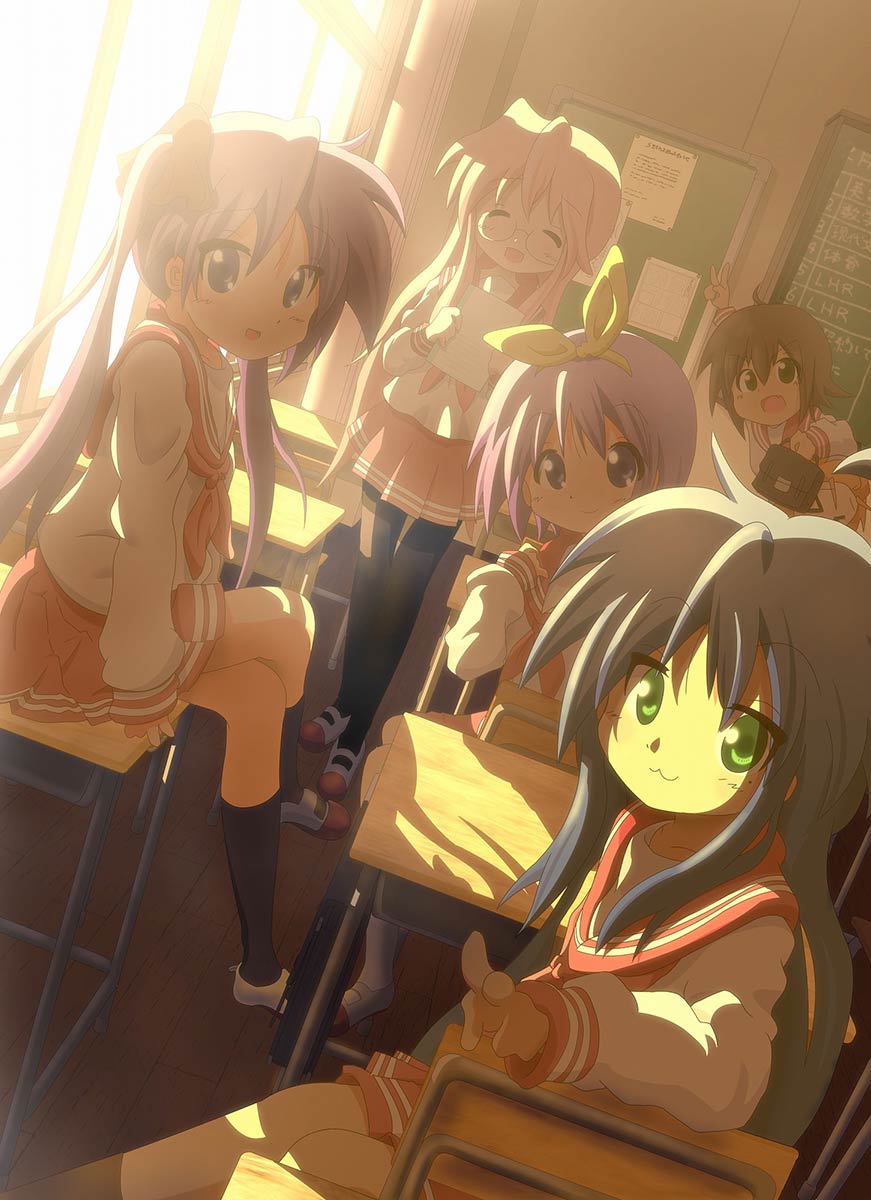Soon after arriving in Japan, I walked to a Seven Eleven to buy some onigiri, those triangle-shaped rice balls that are similar to sandwiches in the U.S. While I enjoyed my lunch, I wandered behind the convenience store and was surprised to see a beautiful Buddhist temple nestled in between a beauty shop and CD rental store. People were walking by, not paying the slightest attention to the small temple despite it looking to my outsider’s eyes as out-of-place in a modern glass-and-asphalt city as a UFO. That’s largely what Buddhism is for many in Japan, it seems to me: it’s all around you, like the air, but is generally unseen until your life takes you to some point where it shifts to the foreground, such as the death of a family member. Buddhism has been a part of Japan for almost 1500 years, and you can see its footprint in many interesting areas. When Japanese people clean their homes on December 31st so they start the new year with a clean slate, they’re reenacting an ancient Buddhist temple-cleaning ceremony, though no one is consciously aware of it. It’s very important to make sure you don’t position your bed so that your head is facing north, as this is called kita-makura (“north-pillow”) and it’s only for the dead at funerals. Even the common Japanese phrase itadakimasu, said before eaten any meal in Japan, is originally a Buddhist term humbly thanking the animal that died so you could eat it.
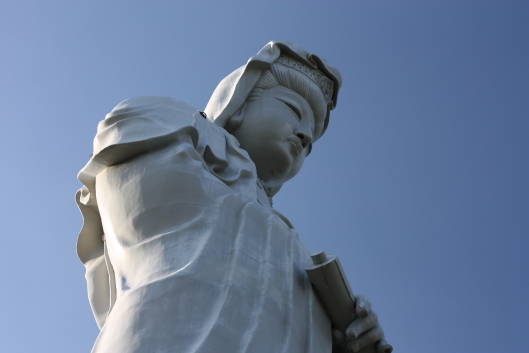
In neighboring Takasaki there’s a 5-storey Buddhis Kannon statue that constantly watches us.


